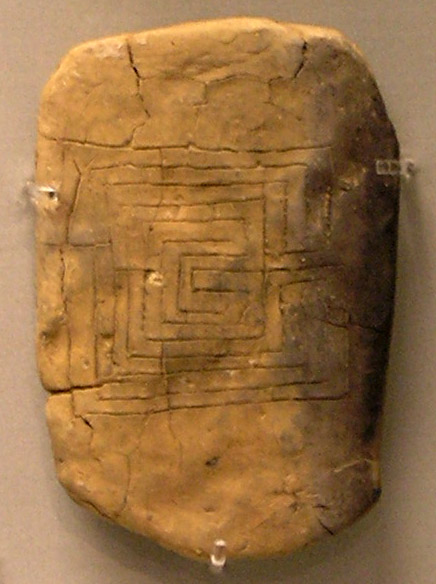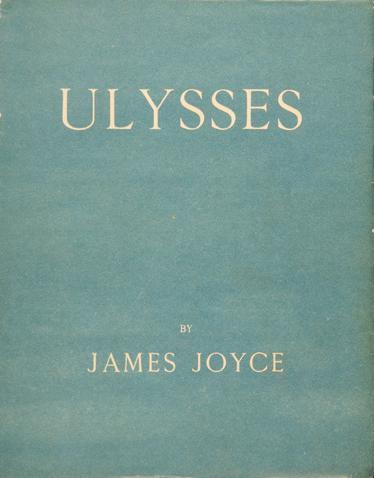|
Allusion
Allusion is a figure of speech, in which an object or circumstance from unrelated context is referred to covertly or indirectly. It is left to the audience to make the direct connection. Where the connection is directly and explicitly stated (as opposed to indirectly implied) by the author, it is instead usually termed a reference. In the arts, a literary allusion puts the alluded text in a new context under which it assumes new meanings and denotations. It is not possible to predetermine the nature of all the new meanings and inter-textual patterns that an allusion will generate. Literary allusion is closely related to parody and pastiche, which are also "text-linking" literary devices.Ben-Porot (1976) pp. 107–8 quotation: In a wider, more informal context, an allusion is a passing or casually short statement indicating broader meaning. It is an incidental mention of something, either directly or by implication, such as "In the stock market, he met his Waterloo." Scope of th ... [...More Info...] [...Related Items...] OR: [Wikipedia] [Google] [Baidu] |
Intertextuality
Intertextuality is the shaping of a text's meaning by another text, either through deliberate compositional strategies such as quotation, allusion, calque, plagiarism, translation, pastiche or parody,Gerard Genette (1997) ''Paratexts'p.18/ref>Hallo, William W. (2010) ''The World's Oldest Literature: Studies in Sumerian Belles-Lettres'p.608/ref>Cancogni, Annapaola (1985''The Mirage in the Mirror: Nabokov's Ada and Its French Pre-Texts''pp.203-213 or by interconnections between similar or related works perceived by an audience or reader of the text. These references are sometimes made deliberately and depend on a reader's prior knowledge and understanding of the referent, but the effect of intertextuality is not always intentional and is sometimes inadvertent. Often associated with strategies employed by writers working in imaginative registers (fiction, poetry, and drama and even non-written texts like performance art and digital media), intertextuality is now understood to be i ... [...More Info...] [...Related Items...] OR: [Wikipedia] [Google] [Baidu] |
The Waste Land
''The Waste Land'' is a poem by T. S. Eliot, widely regarded as one of the most important poems of the 20th century and a central work of modernist poetry. Published in 1922, the 434-line poem first appeared in the United Kingdom in the October issue of Eliot's ''The Criterion'' and in the United States in the November issue of ''The Dial''. It was published in book form in December 1922. Among its famous phrases are "April is the cruellest month", "I will show you fear in a handful of dust", and the Sanskrit mantra " Shantih shantih shantih". Eliot's poem combines the legend of the Holy Grail and the Fisher King with vignettes of contemporary British society. Eliot employs many literary and cultural allusions from the Western canon such as Ovid's Metamorphoses and Dante's ''Divine Comedy'', as well as Shakespeare, Buddhism, and the Hindu Upanishads. The poem shifts between voices of satire and prophecy featuring abrupt and unannounced changes of speaker, location, and time a ... [...More Info...] [...Related Items...] OR: [Wikipedia] [Google] [Baidu] |
Pastiche
A pastiche is a work of visual art, literature, theatre, music, or architecture that imitates the style or character of the work of one or more other artists. Unlike parody, pastiche pays homage to the work it imitates, rather than mocking it. The word is a French cognate of the Italian noun , which is a pâté or pie-filling mixed from diverse ingredients. Metaphorically, and describe works that are either composed by several authors, or that incorporate stylistic elements of other artists' work. Pastiche is an example of eclecticism in art. Allusion is not pastiche. A literary allusion may refer to another work, but it does not reiterate it. Moreover, allusion requires the audience to share in the author's cultural knowledge. Both allusion and pastiche are mechanisms of intertextuality. By art Literature In literary usage, the term denotes a literary technique employing a generally light-hearted tongue-in-cheek imitation of another's style; although jocular, it is ... [...More Info...] [...Related Items...] OR: [Wikipedia] [Google] [Baidu] |


